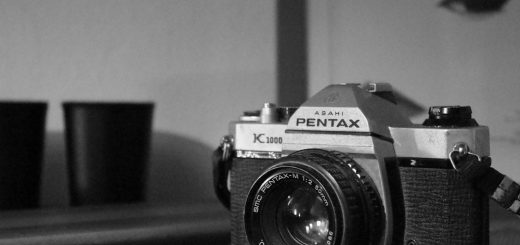Linear and Circular Polarizing Filters

Photo by Ian Cylkowski
Polarizing filters are camera lens filters commonly used in landscape photography to enhance the saturation of skies, reflection off water and other surfaces, reduce glare, and reduce the contrast between land and sky. They work by dramatically reducing the amount of light that passes through your camera’s light sensor, effectively intensifying your exposure. The intensity of the polarizing effect can be varied by rotating the filter mounted to your lens.
The polarizing effect is often strongest when the camera lens is perpendicular to the sunlight. The polarizing effect then decreases as the camera points closer to the direction of the sunlight. If the sun is to the east, then facing north and south will see the strongest effect while east and west reveal the weakest effect. Additionally, if the sun is directly overhead, facing any horizon line will offer the strongest polarization.
As noted, polarizing filters dramatically reduce amount of light that passes through your camera’s light sensor. This means that your exposure times will increase – potentially making handheld photography difficult without the risk of a blurred image. The longer exposure time will also directly affect motion photography possibilities. When possible, a tripod should be used in conjunction with the polarizing filter.
Linear vs Circular Polarizing Filters
In terms of quality, linear and circular polarizing filters are very similar. Linear polarizers are less expensive to produce and are therefore less expensive for the consumer. However, linear polarizers cannot be used with cameras that have a through-the-lens (TTL) metering systems or autofocus as it linearly polarizes the light. The more expensive circular polarizing filters are required for just about any single-lens reflex (SLR) camera so that the user can continue to use the camera’s light meter and autofocus if available. The circular polarizing filters are made of two plates, one that linearly polarizes the light and a second that scatters the light for the camera’s light sensor and autofocus system. Some photographers may choose to use a linear polarization filter and ignore the camera metering and autofocus, but quite often this is not desirable.

















